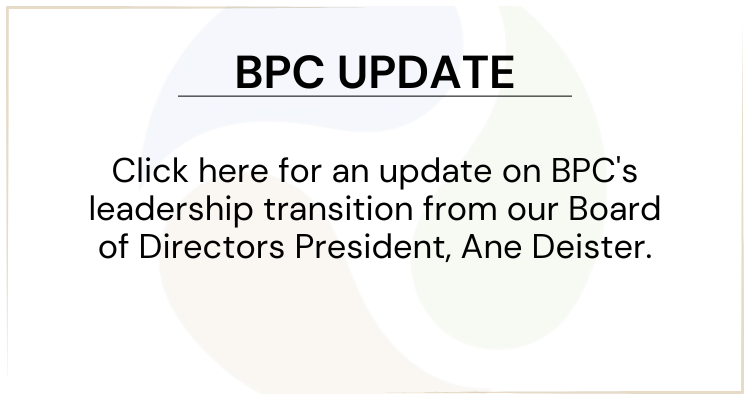Bank of the West U.S. Outlook Report for April 17, 2015
US Outlook Report: Is Housing Ever Going to Recover?
This week brought another round of lackluster housing news. Housing permits went south dropping 5.7 percent on the month. Building permits often lead housing starts by 1 to 3 months, suggesting homebuilding could remain moribund through the second quarter of this year. We expect housing starts to average 1.061 million units in 2015, just 6.0 percent higher than last year’s 1 million unit average. At a 926K-unit annual pace last month, U.S. housing starts have only recovered back to 1991 recession levels. Housing starts should be closer to 1.2 million units today, based on a regression trend line going back to the 1950s. So, now is a good time to review some of the reasons to remain upbeat about the housing market’s prospects.
First, let’s look at the fundamentals of housing demand. The period of chronically high unemployment and poor career prospects for recent graduates with high student loan debt appears to be largely behind us. The teenage unemployment rate for 16 to 19 year olds is back to pre-recession levels and the unemployment rate by educational attainment shows unemployment rates for all educational groups back down to 2004 levels or better.
A recent study by the Federal Reserve Bank of New York based on Equifax credit report data noted that the student loan default rate has in fact declined gradually over the past two years. If student loan debt and poor career prospects have been getting in the way of potential first-time homebuyers, it seems that this housing demand impediment is fading.
As a result, household formation is making a huge comeback. The latest monthly household estimates from the Census Bureau show 116.8 million households in the United States in December – a healthy 2.0-million household increase from a year ago. Last year at this time household formation had dropped below zero in the aftermath of the taper tantrum that left mortgage rates about 1.0 percent point higher than they were before. This is an extremely strong household formation rate, better than we have seen in years and comparable to the rates seen during the peak housing bubble years in 2004. Most economists consider a household formation rate of 1.0 to 1.2 million households as a normal long-term trend for the United States.
Potential homeowners are also finding housing relatively more affordable today. The National Association of Realtors’ homebuyer affordability index in January hit its highest level since April 2013. Pending home sales, a leading indicator of existing home sales, hit a post taper tantrum bottom in January 2014 and remained weak over last summer, but since August, pending sales have been on the rise and are now a healthy 12.0 percent above year ago levels. And existing home prices are following suit. The S&P 20-City Case-Shiller Home Price Index has returned to double-digit annualized growth in recent months after a brief period of contraction last fall.
So while it’s easy to get down on the lackluster housing market recovery and painfully slow increases in new home construction, there are real fundamental reasons to remain optimistic about housing’s future. As if on cue, April’s NAHB homebuilder survey improved four points to 56, a solid reading for this survey, while the buyer-traffic sub-component improved an equal amount. In short, the U.S. housing recovery remains very much alive and its outlook still appears bright.
To find out more, check out this week’s US Outlook Report.
Tags: economy, Housing
